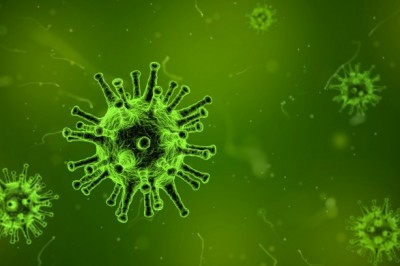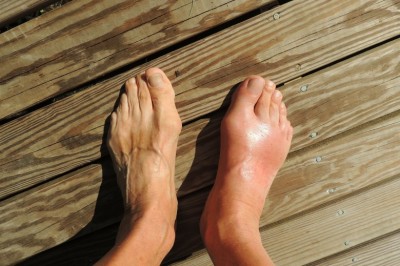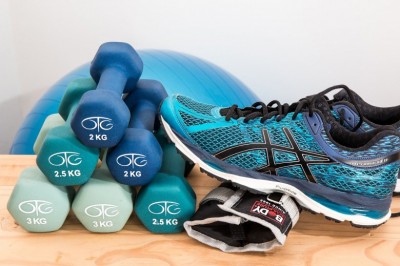Dealing With Acute Neck Pain and Torticollis
An acute wry neck is a condition characterised by sudden onset of severe neck pain accompanied by an involuntary contraction of the neck muscles which leads to an abnormal head posture being maintained. The abnormal posture or torticollis is a symptom of the underlying process and can have a number of causes, but the cause discussed in this article is acute mechanical neck pain leading to an acquired torticollis. A common presentation for a patient is acute neck pain and torticollis on waking in the morning, often interpreted as the result of having slept in an awkward position at some point overnight. Typical initial presentation a high level of neck pain with muscle spasms and the inability to restore the head to the central posture. A few days or up to a fortnight is enough to resolve most of these pains and treatment is analgesia, collar if needed, physiotherapy such as neck massage, neck stretching and neck exercises. When examined a patient exhibiting torticollis will keep their head flexed to the painful side to some degree and also rotated away from the painful side. The usual symptoms are stiff neck, limited range of motion and neck and scapular pain, with onset often sudden such as when hair drying with a towel or turning the head fast. The first thing a person is aware of is the sudden pain on one side of the neck, often severe and lower in the neck. There may be pain radiating also down over the scapula and out over the shoulder. If a considerable amount of arm pain is present then this should raise the suspicion of a lesion of one of the cervical nerve roots. Nerve root problems are usually somewhat slower in onset but if the symptoms presented on waking this could be the diagnosis. The outcome is very likely to be just as good as the muscle or joint strain which is more common, but recovery typically takes longer over a period of weeks. When the physiotherapist examines the patient they will find them distressed by the neck pain and likely to have had sleeping difficulties. The head is held carefully and efforts are made to avoid disturbing the inflamed joints or muscles. Head posture will show the torticollis deformity and if normalising the posture is attempted the pain rises quickly to severe levels. Physiotherapists record the posture of the neck and the amount of joint motion which is possible with the resulting pain provoked. A history of the condition will be taken, with record of previous pain events and what brought on this episode. Any thoracic, shoulder blade, shoulder or arm pain will also be recorded. The physio may decide to test the reflexes of the biceps and triceps muscles to check if the C6 or C7 nerve roots are involved should the symptoms indicate the possibility. The sensibility of the skin to light touch can also be investigated for similar reasons. The physiotherapist is less likely to choose to test the muscle power in the shoulders and arms as this would cause an increase in pain and not reflect the patients true muscle strength. The usual questioning to exclude potentially serious underlying causes or complicating medical conditions will be undertaken. The aim of physiotherapy for this neck condition is similar to that for all soft tissue injuries. The first goal is to reduce the pain and inflammation in the damaged tissues and so reduce the resulting muscle spasm which is perpetuating the pain. Anti-inflammatory medications and analgesics may be prescribed as to some extent the pain is the presenting problem rather than some underlying abnormality. Physiotherapists may use ice, immobilisation in a collar and gentle manual traction to attempt to relax the cervical musculature and relieve pain. Once the pain has started to reduce well the physiotherapist can progress to other manual therapies such as joint mobilisations, neck massage and gentle stretches to the tight muscles. Active range of movement exercises within reasonable comfort are also encouraged. Once normal head posture and cervical range of movement has been restored then the physio will move on to strengthening the neck muscles and work on endurance to cope with the demands of daily life. Jonathan Blood Smyth, editor of the Physiotherapy Site, writes articles about Physiotherapy, back pain, orthopaedic conditions, neck pain, injury management and physiotherapists in Gloucester. Jonathan is a superintendant physiotherapist at an NHS hospital in the South-West of the UK.





















